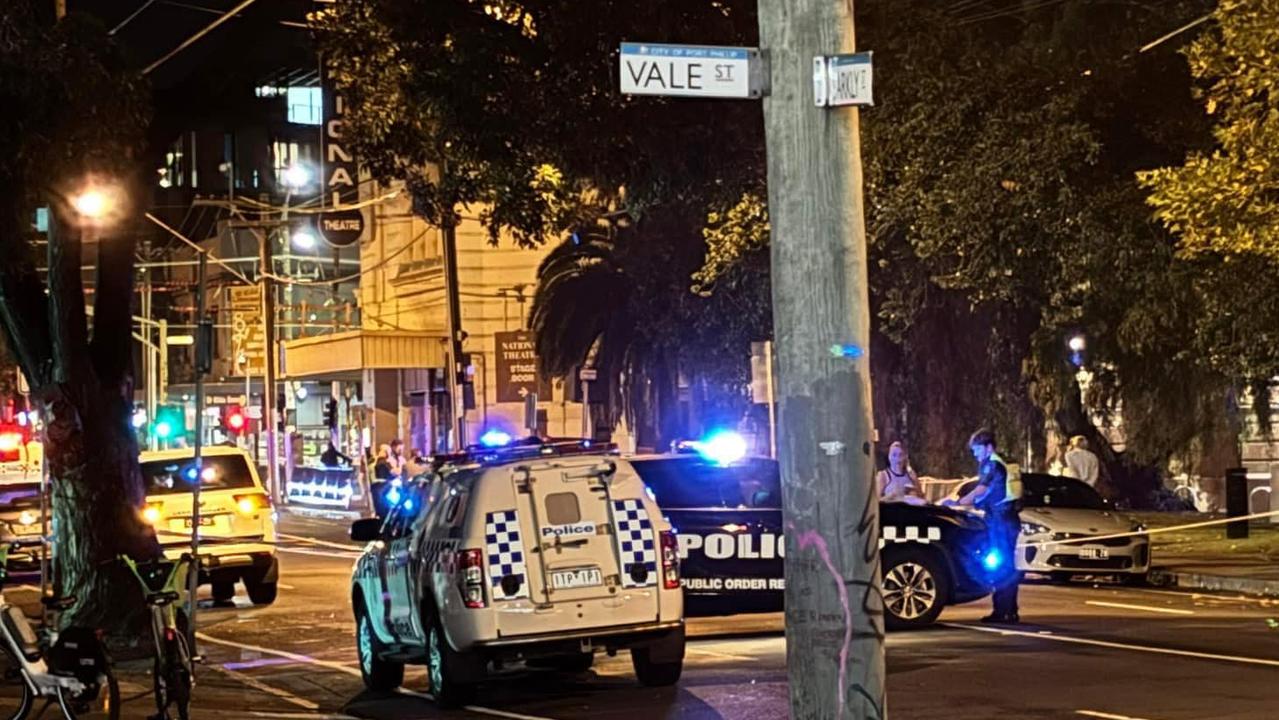‘Should not be happening’: Victorian patients stung by declining GP bulk-billing rates
Dwindling bulk-billing rates are driving up the cost to see a doctor, with Victorians now forking out $42 on average for an appointment – up almost five per cent compared to two years ago.

Victoria
Don't miss out on the headlines from Victoria. Followed categories will be added to My News.
Victorians in need of medical care are being stung by declining bulk-billing rates, with patients paying on average almost five per cent more in out-of-pocket fees compared to two years ago.
Healthcare gap rates across the state’s GP clinics have almost halved since 2023, from 34.6 per cent to just 19.1 per cent, new data from independent online health care directory Cleanbill.com.au has found.
The state has recorded the second largest decline in bulk billing rates in the past 12 months nationally, with Victorians now paying an average $42.01 to see their doctor.
But despite the rise in out-of-pocket costs, a doctor’s appointment in Victoria is the second most affordable in Australia and well behind Tasmania and the ACT, where it costs on average $54.26 and $51.84 respectively to see a GP.

Cleanbill directly contacted 6925 clinics nationally to check their billing costs, which were based on a standard adult consultation during weekdays.
The federal government uses a different protocol to measure bulk billing, as many clinics have a mix of billing and will bulk bill pensioners, welfare recipients and children but may charge a gap for working adults.
It’s the third year Cleanbill has released its annual report – coming out today – which has also found there’s been a 4.1 per cent rise in gap fees nationally in the past 12 months.
After Tasmania and the ACT, New South Wales had the third highest gap fee at $44.05, followed by the Northern Territory at $43.86, Queensland at $43.33 and Western Australia at $42.66.
Cleanbill founder James Gillespie said he was sending the “groundbreaking report” to every federal, state and territory politician.
“It’s the first ever year-by-year analysis of what GP clinics are charging their patients on a national scale and its implications for the state of Australian healthcare are significant,” he said.
“The trends it outlines paint a concerning picture for healthcare accessibility in Australia.”

While the decline in bulk billing has slowed, Mr Gillespie said rates have continued to slide with almost 80 per cent of available Australian GP clinics no longer offering bulk billing to adult patients.
“In these circumstances, it’s easy to see why over 1.5 million Australians didn’t go to see a GP in 2023-24 because of concerns surrounding cost; up 25 per cent from 2022-23,” he said.
“This should not be happening.”
Research by polling company Redbridge show more than one third of people have delayed medical treatment due to economic conditions.
The report comes amid commentary the government is set to pour money into health as an election vote winner while reigniting past “Mediscare” claims the Coalition will downgrade the universal health insurance scheme.
Cleanbill’s report found the bulk billing rate in other states was 34 per cent in 2377 clinics surveyed in NSW, 14 per cent in 1373 Queensland clinics, 6 per cent in 661 clinics in Western Australia, 7.4 per cent in 448 clinics in South Australia, 0 per cent in 128 clinics in Tasmania, 3 per cent in 98 clinics in the ACT and 9.5 per cent in 44 clinics in the Northern Territory.
More Coverage
Originally published as ‘Should not be happening’: Victorian patients stung by declining GP bulk-billing rates



